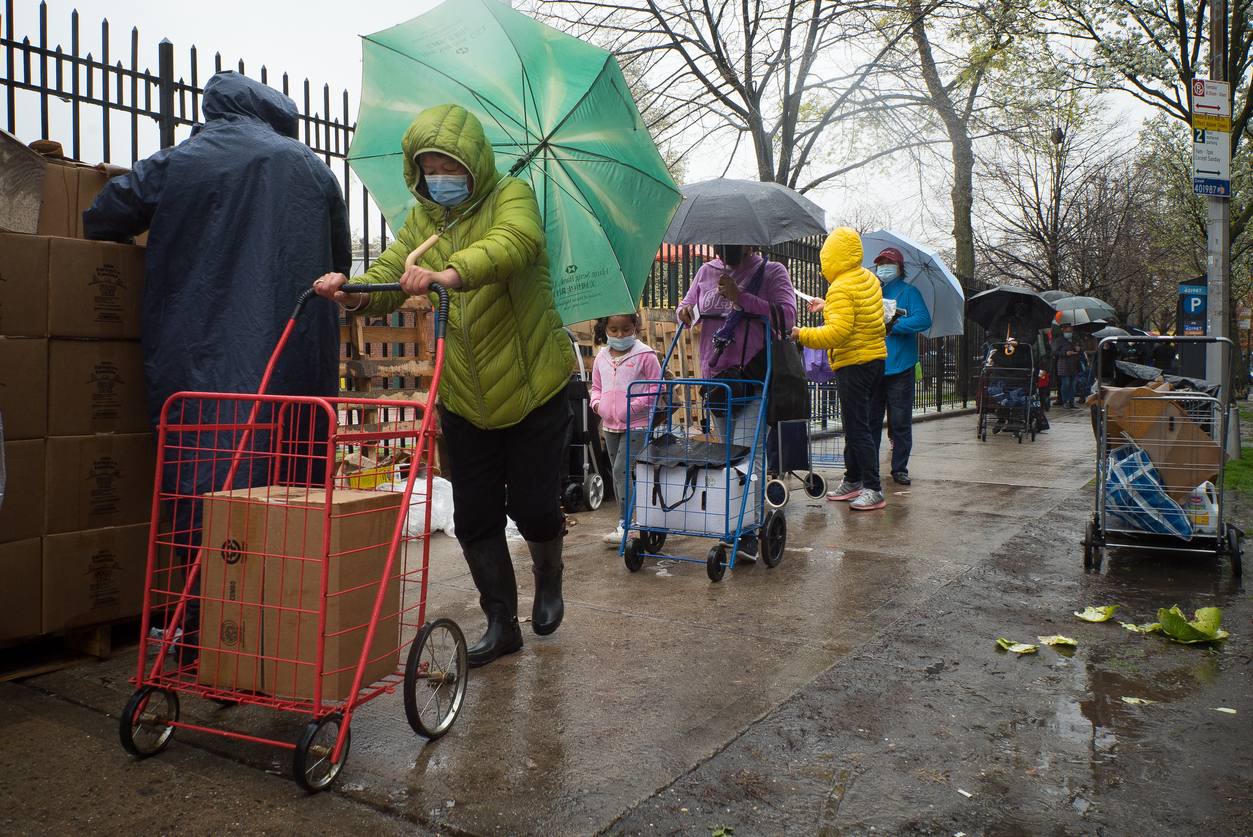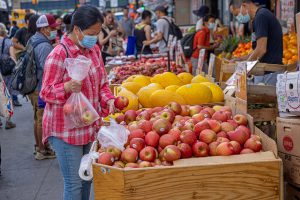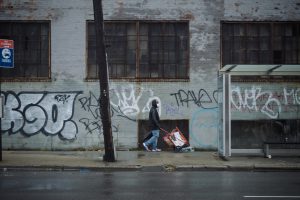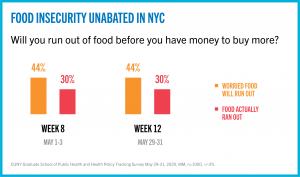While many cross-sectional studies have explored the impact of the COVID-19 pandemic on food insecurity, longitudinal data and the variability experienced by people working in various industries are limited.
To further characterize people experiencing food insecurity during the pandemic in terms of employment, sociodemographic characteristics and degree of food insecurity, CUNY SPH doctoral student Yvette Ng and colleagues from the CUNY Institute for Implementation Science in Population Health (ISPH) and the CUNY Urban Food Policy Institute conducted a study published in Public Health Reports.
Using data from the Communities, Households and SARS-CoV-2 Epidemiology (CHASING) COVID Cohort Study, the researchers recruited 6740 participants who then completed online questionnaires at designated points every one to three months on various topics relating to COVID-19 and its economic and social impacts.
The researchers found that 39.6% of the participants were food insecure. Non-Hispanic Black and Hispanic participants, participants in households with children and participants with lower income and education levels had higher odds of food insecurity. They found that those employed in construction, leisure and hospitality, transportation and utilities industries had the highest prevalence of both food insecurity and income loss.
The results illustrate the importance of targeted policies to help workers in industries most affected by pandemic-related income loss, says Ng. It is also critical to publicize the availability of food support programs and make them easily accessible to people for whom they are intended.
“The findings are unique in that they measure food insecurity on a longitudinal basis over multiple timepoints during the first year of the COVID-19 pandemic,” Ng says. “The results reinforce the fact that food insecurity was widespread during the pandemic but adds perspective on the duration and persistence of food insecurity.”




